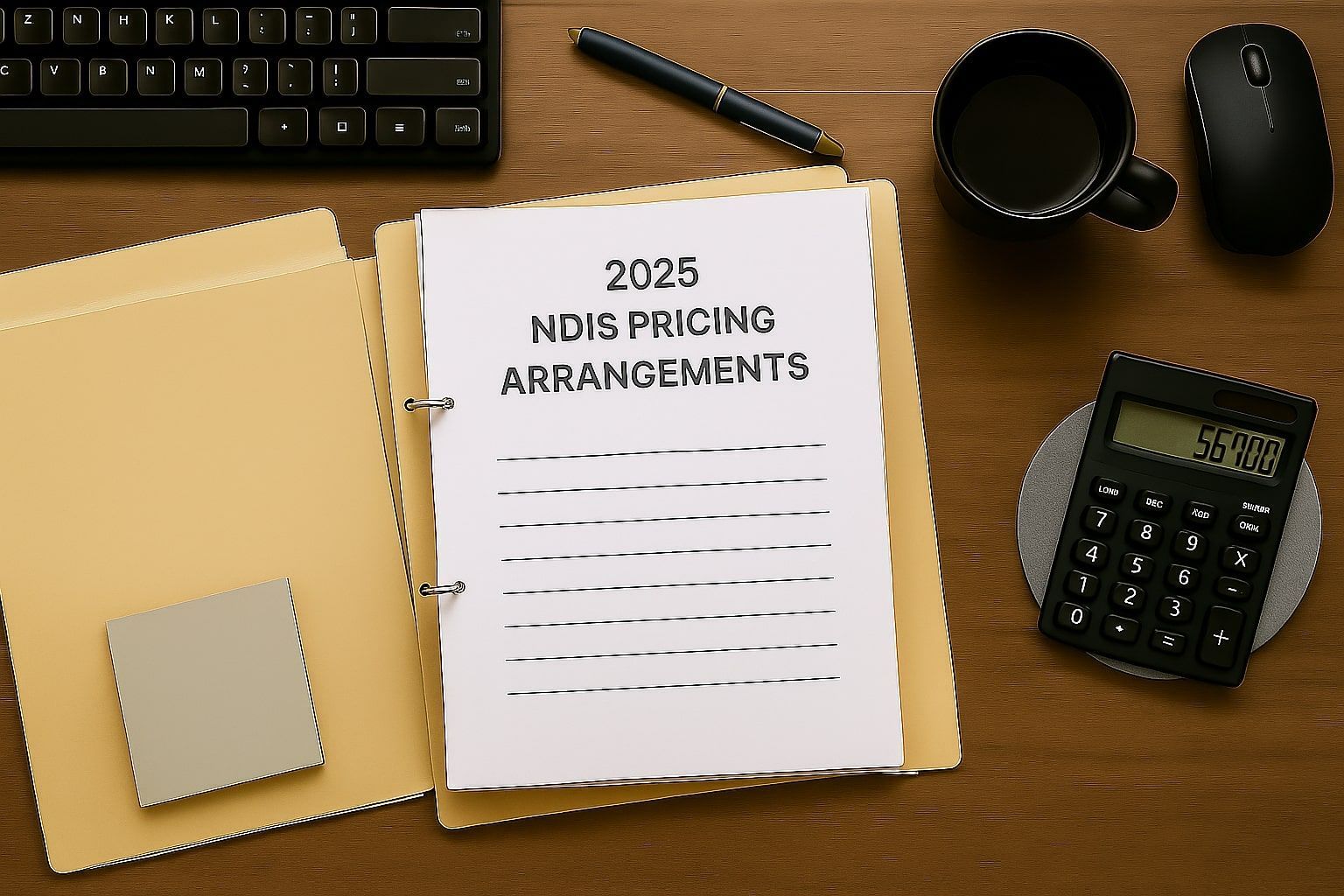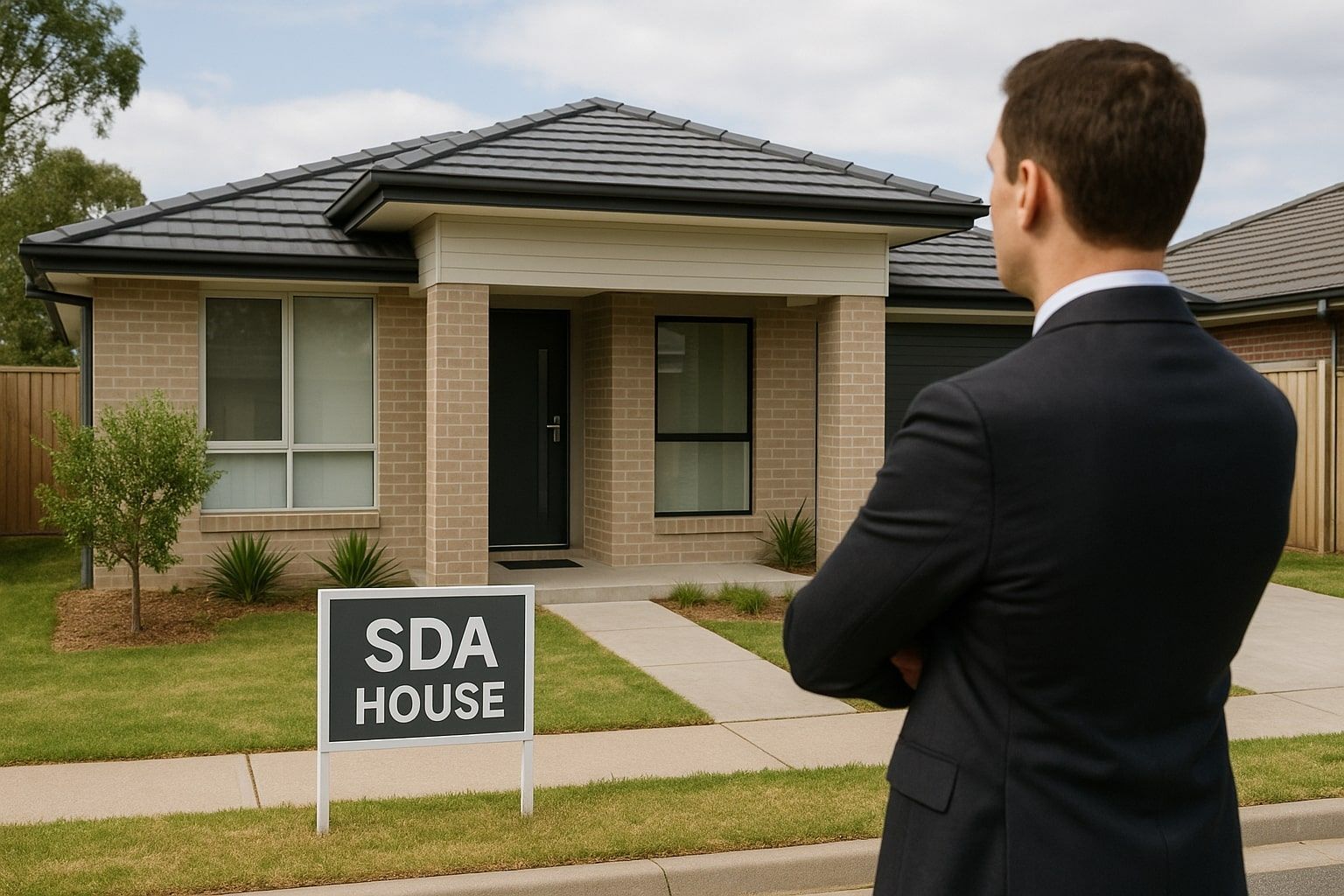Understanding Yields in SDA Investment: Careful of The Maximum Return Trap!
In this article, we'll be understanding yields in SDA Investment deeper so that you can make more informed decisions and not fall into the yield trap. We'll explore the explanation of projected yields, tenant funding, and how to assess SDA property investments accurately.
Investing in Specialist Disability Accommodation (SDA) has become a popular way to secure long-term returns while supporting individuals in need of specialised housing. However, one aspect of SDA investing that often leaves potential investors confused is the projected yields listed in brochures and proposals. While these documents might seem clear-cut, they can be misleading, potentially causing investors to make decisions based on inflated or unrealistic expectations.
The Common Misunderstanding: Projected Yields in Brochures
One of the first things a potential SDA investor encounters is the rental return projections in brochures provided by builders or property developers. These numbers can be very appealing, with some brochures listing returns as high as $198,000 per year. However, what many investors don’t realise is that these figures are often maximum returns based on ideal conditions.
As with any investment, it’s important to understand the variables that can affect the returns you’ll receive. In the case of SDA properties, the most significant variable is the funding level provided by the National Disability Insurance Scheme (NDIS) for each participant in the property. The funding tied to the participant, not the house, can vary significantly, which directly impacts your rental yield.
Tenant Funding Levels: How They Impact Income
Understanding how funding works for tenants is crucial. In the SDA space, the funding levels are tied directly to the participant, not the property. Here’s how it breaks down:
- 1:2 and 1:3 Funding Levels: These levels correspond to the number of participants who share a house. A 1:2 funding level is for homes with
two tenants, while 1:3 funding applies to
three-tenant homes.
- Villa vs. House Funding: Villas tend to have lower funding compared to houses. For example, a property designated as a villa may be eligible for 1:2 or even 1:3 funding, leading to a significant difference in projected returns.
Therefore, if the house is built for two tenants but the funding is for three, the income will be lower than projected.
Also read: Strategies for Managing Funding Delays & Vacant Properties in SDA Housing
Why Relying on Maximum Returns is a Mistake
The major issue with using maximum return figures is that they rarely occur in reality. Take, for example, a situation where a brochure shows a return of $207,000 per year for a property with two high physical support tenants. In reality, this return would likely be based on maximum funding with two 1:2 participants. However, if the tenants are allocated to 1:3 funding levels (common for houses), the return could drop significantly, possibly to $150,000 with participants with house funding, but even lower to around $100,000 if the tenants have villa funding. These funding differences can lead to unexpected results, making it essential to verify potential funding levels and likely tenant mixes before committing to any SDA property investment.
Using maximum return figures is a form of misleading marketing, as investors may think that they are guaranteed the highest possible return. However, the reality is that most properties will not meet these conditions, resulting in lower-than-expected income. To avoid disappointment, it’s crucial to look beyond the maximum figures and focus on more realistic estimates.
How to Calculate Realistic SDA Returns
A critical aspect of SDA investment is the tenant mix. The combination of participants (e.g., high physical support, fully accessible, or improved liveability) as well as the combination of dwelling type (house 1:2, house 1:3, villa 1:1, villa 1:2, villa 1:3) directly influences the funding and, consequently, the returns from the property.
Also, Instead of focusing on the highest possible return, a more effective approach is to calculate a range of possible returns. This gives investors a more accurate understanding of what to expect in terms of rental income.
At NDIS Property Australia, we offer feasibility reports that provide a detailed breakdown of potential tenant mixes and income scenarios. These reports are designed to give you a comprehensive overview of the funding possibilities, including:
- Different tenant combinations (e.g., two high physical support tenants, a mix of FA and IL, etc.).
- Projected income ranges based on these mixes.
- Gross and net income estimates, including realistic high-end and low-end projections.
Showing both a low-end estimate and a high-end estimate for potential returns is a more effective approach to get realistic returns on your SDA Investment. Low-End Estimate is based on more common funding levels, such as 1:3 funding with participants who are suited to a three-tenant home (rather than a two-tenant home). The High-End Estimate is based on the best-case scenario where the property meets the maximum funding level, such as 2:1 HPS funding.
By showing both extremes, investors can see the potential range of returns and understand the inherent variability in SDA funding and also about whether an SDA investment aligns with the investors financial goals.
Also read: How to Use Your SMSF for NDIS Property Investment: Costs, Market Trends, and Next Steps
The Importance of a Detailed Vetting Process
When considering an SDA property, it’s also essential to ensure the location, design, and tenant suitability are properly vetted. At NDIS Property Australia, we can help you to evaluate properties and provide insight into their potential returns based on actual market conditions and funding levels.
Investors can submit their existing property proposals from other developers for review. Our team will help verify the accuracy of projected returns and offer professional advice, all for a small fee. This service ensures that you are comfortable and confident with your investment decisions.
Conclusion
In the world of SDA investment, maximum yields may sound appealing, but they are often unrealistic. To avoid disappointment and make sound financial decisions, investors must focus on the realistic income potential of a property. This means understanding the full scope of funding levels, tenant mixes, and how they all impact your returns. The best advice for SDA investors is to look beyond the brochures and understand the actual variables that drive income. Ensure you have access to reliable information, including feasibility reports, and don’t hesitate to seek expert advice to guide your investment journey.
If you have any questions or need further assistance with SDA property investments, contact NDIS Property Australia at 1300 025 4397 or email info@propertyaustralia.com.
Remember, SDA investment isn’t just about rental yields but it's about providing high-quality, desirable homes for participants. By future-proofing your investments and focusing on long-term sustainability, you’ll set yourself up for success in the SDA market.




